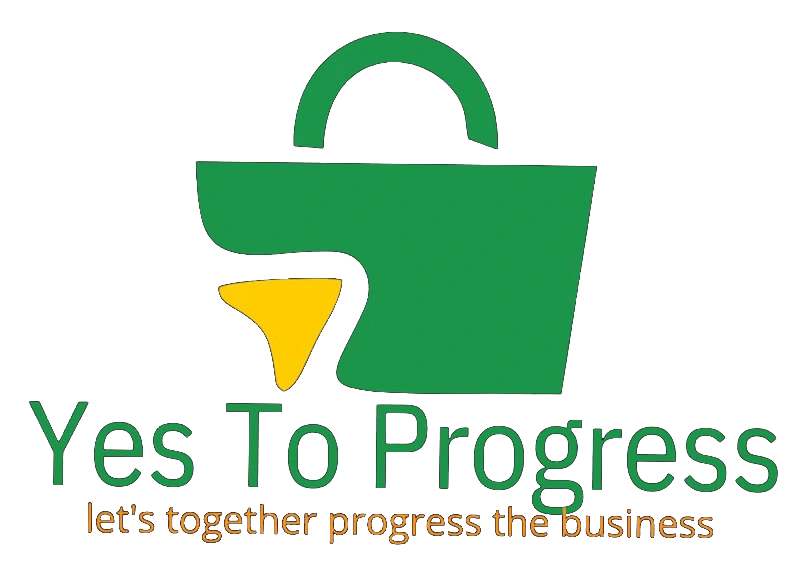E-Commerce Product Pricing Research
Pricing is one of the most critical factors determining the success of any e-commerce business. Whether you’re launching a new product or optimizing the pricing of your existing inventory, effective pricing research can significantly influence your sales, profitability, and customer perception. For businesses aiming to thrive in the competitive e-commerce landscape, understanding how to conduct thorough product pricing research is a game-changer. This guide explores the key aspects of e-commerce product pricing research under six essential subheadings.
1. The Importance of Pricing in E-Commerce
Pricing is more than just a number; it’s a reflection of your brand, value proposition, and market positioning. Setting the right price ensures your products remain attractive to customers while maintaining profitability.
- Influences Purchase Decisions: Customers often compare prices before making a purchase, so competitive pricing is crucial.
- Impacts Brand Perception: Premium pricing can position your brand as luxurious, while budget pricing appeals to cost-conscious shoppers.
- Determines Profit Margins: Strategic pricing ensures you cover costs while generating healthy profits.
- Affects Market Share: Pricing can help you compete effectively and capture a larger portion of the market.
E-commerce product pricing research ensures that you strike the perfect balance between competitiveness and profitability.

2. Analyzing Market Trends and Competitors
A thorough understanding of the market landscape and competitors’ pricing strategies forms the foundation of effective pricing research.
- Competitor Analysis: Identify direct and indirect competitors, and assess their pricing models for similar products.
- Trend Identification: Track industry trends and seasonal variations that can impact pricing strategies.
- Benchmarking: Use competitor data to determine the price range customers expect for your product category.
- Gap Analysis: Spot opportunities to position your products in untapped price segments.
Tools like Google Trends, Price2Spy, and SEMrush can assist in gathering competitor and market pricing insights.
Retail Consulting
Retail Store Setup
SOP for Retail Store
Setup eCommerce Business
Dark Stores Retail
Develop Franchise Model
Retail Store Business Plan
Retail Management Training
Standard Operating Procedures
Business Plan Services
Industries
Apparel, Fashion Retail
Grocery & Supermarket
Furniture & Furnishings Retail
Luxury Retail Consulting
Healthcare Management
Stationery & Toy Retail
Automobile Dealership
Education Management
E-Commerce Consulting
B2B eCommerce Consulting
Start Dark Store
Start Online Grocery
Omnichannel Retail
Automate eCommerce
eCommerce Market Research
Start eCommerce Business
Online Business Consulting
Contact Us
Address
Phone No
Copyright © 2024. Yes to Progress All Rights Reserved. Designed By SEO To Webdesign


